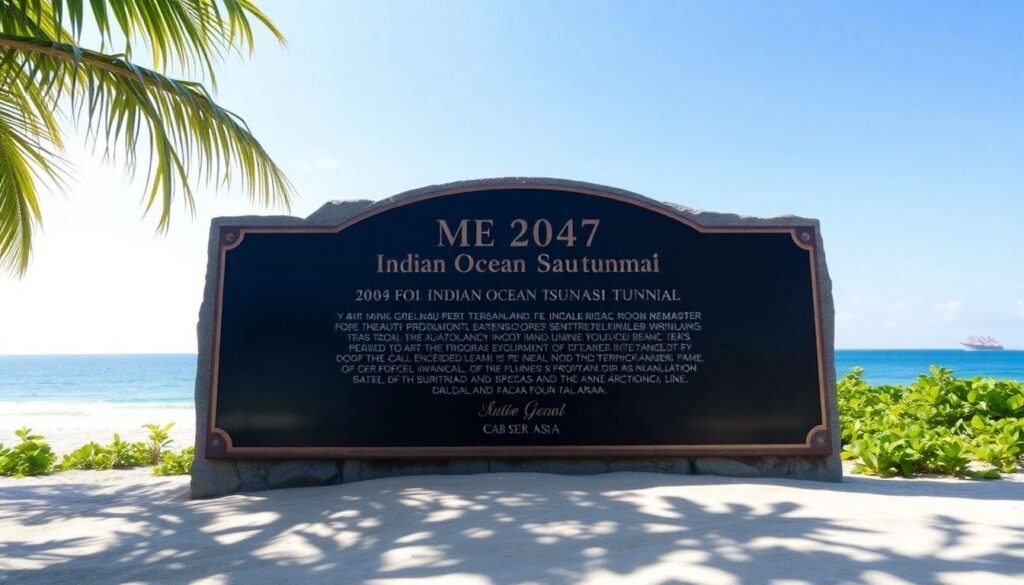Welcome to our special report on the 20th anniversary of the deadliest disaster in modern history. Join us as we look back at the devastating 2004 Indian Ocean earthquake and tsunami, exploring its impact, the global response, and how the region has prepared for future events.
On the 20th anniversary, we reflect on the 2004 Indian Ocean tsunami, its devastating impact, and the lessons learned.
Imagine stepping onto a serene beach in Southeast Asia, a place where the calming rhythm of the sea meets the lush embrace of the tropics. The sand, as soft and white as freshly fallen snow, stretches out to meet the crystal-clear waters of the Indian Ocean. The beach is a symphony of tranquility, with the gentle lapping of waves against the shore and the rustling of palm trees as they sway gently in the warm, salty breeze.
Nestled amidst this picturesque scene is a memorial plaque, a poignant reminder of the past. It stands solemnly, commemorating the 2004 Indian Ocean tsunami, one of the most devastating natural disasters in recorded history. The plaque is a testament to the resilience of the human spirit, a symbol of remembrance for the lives lost and a beacon of hope for the future.
Surrounding the memorial is a vibrant tapestry of greenery, a stark contrast to the stark white of the sand and the brilliant blue of the sky. The lush vegetation is a sign of life’s tenacity, a reminder that even in the face of adversity, nature finds a way to thrive. The clear blue sky overhead stretches out in all directions, a canvas of peace and possibility, completing the scene of this serene, remembrance-filled beach.
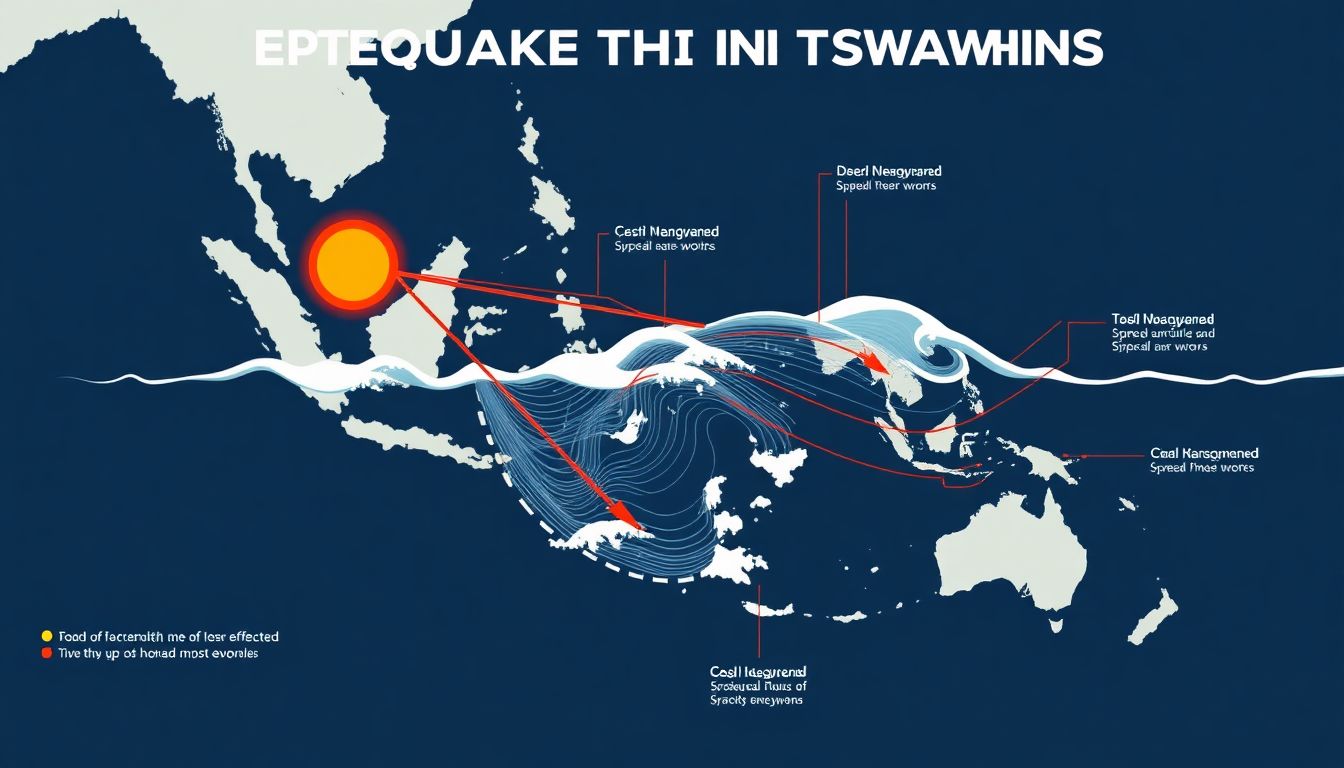
The Day the Earth Shook
On December 26, 2004, the world witnessed one of the most catastrophic natural disasters in recorded history. At 00:58:53 UTC, a colossal earthquake struck underwater, off the west coast of Sumatra, Indonesia. With a magnitude of 9.1-9.3 on the Richter scale, it was the third-largest earthquake ever recorded, and the largest since the 1964 Alaska earthquake. The quake, caused by the burgeoning pressure between the Indian Plate and the Burma Plate, ruptured the sea floor, displacing billions of tons of water and setting off a chain of cataclysmic events.
The earthquake triggered a monumental tsunami, a series of waves that devastated the coasts of 14 countries and caused damage as far away as the eastern coast of Africa. The tsunami waves reached heights of up to 30 meters (100 feet) in some places, catching communities completely off guard. Despite a delay of several hours between the earthquake and the impact of the tsunami, there was little to no warning system in place in the Indian Ocean, which meant that people had little time to react or escape.
The immediate impact of the tsunami was nothing short of cataclysmic. Entire communities were wiped out, and millions of people were affected. Let’s break down some of the most heart-wrenching figures:
- The total death toll was estimated to be 230,000 to 280,000 people across 14 countries.
- An estimated 1.7 million people were displaced from their homes.
- Indonesia was the hardest-hit country, with at least 170,000 people killed and over 500,000 people displaced.
- In Sri Lanka, the tsunami caused around 35,000 fatalities and displaced over 500,000 people.
- Thailand saw nearly 8,000 people killed, with popular tourist areas being particularly affected. The financial cost of the damage was immense, with estimates suggesting that the disaster could end up being the costliest natural disaster in history.
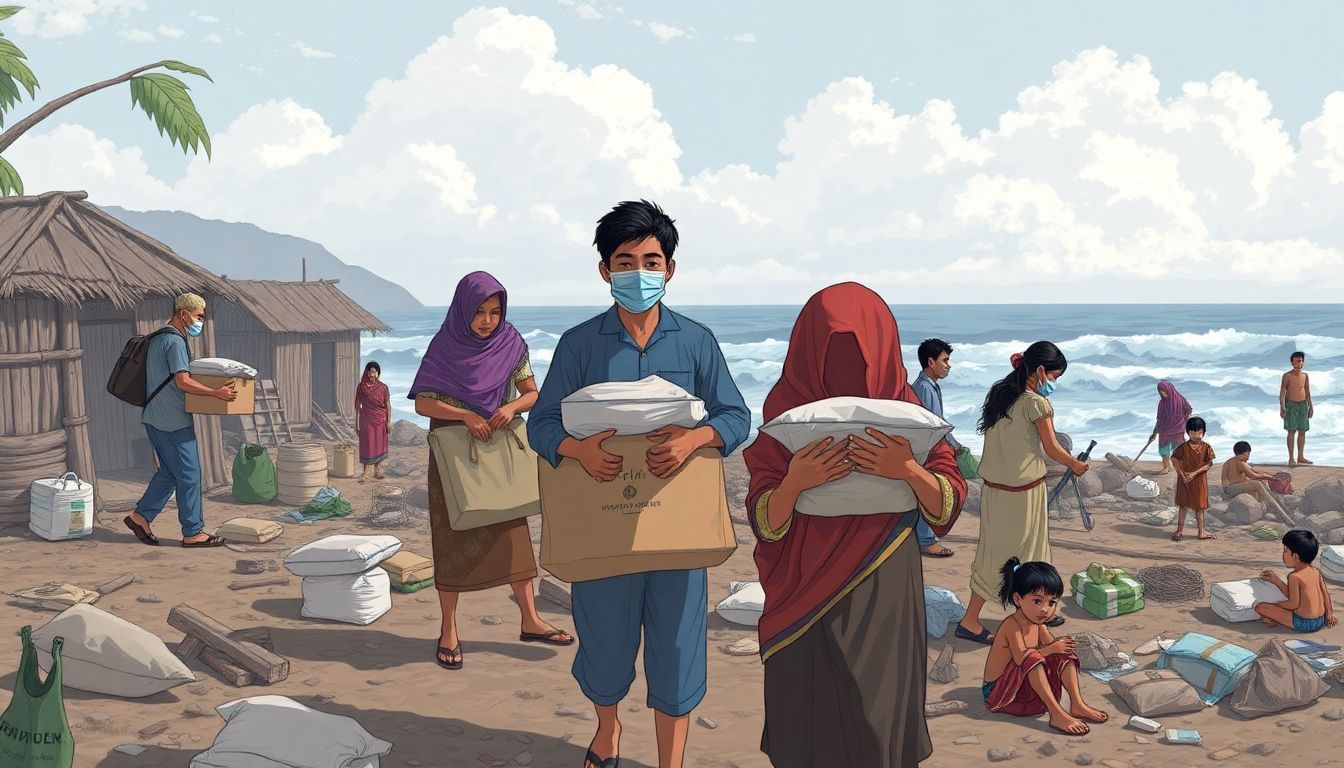
The Aftermath and Global Response
In the wake of the devastating event, humanitarian efforts swiftly kicked into gear, with local communities and international organizations alike rallying to provide aid and comfort to those affected. Rescue teams, comprising both professionals and volunteers, worked tirelessly to locate and save those trapped or injured. Relief operations included the distribution of food, water, and medical supplies, as well as the provision of temporary shelter and emotional support.
However, these rescue and relief operations faced numerous challenges. Access to affected areas was often difficult due to damaged infrastructure and limited resources. Here are some of the key obstacles encountered:
- Communication breakdowns due to power outages and damaged networks
- Shortages of essential supplies and equipment
- Language barriers and cultural misunderstandings
- The need to coordinate efforts among diverse groups and agencies
Despite these hurdles, the global response was unprecedented. Nations worldwide extended a helping hand, offering financial aid, technical expertise, and personnel for search and rescue missions. Non-governmental organizations (NGOs) launched fundraising campaigns, while individuals contributed generously, demonstrating an outpouring of international solidarity.
The collective effort did not stop at immediate relief. There was a recognized need for long-term support to help affected regions rebuild and recover. Governments and organizations committed to sustainable reconstruction projects, focusing on restoring infrastructure, revitalizing local economies, and addressing the psychological impacts on survivors. This holistic approach ensured that the humanitarian response not only addressed the immediate crisis but also laid the foundation for a resilient future.
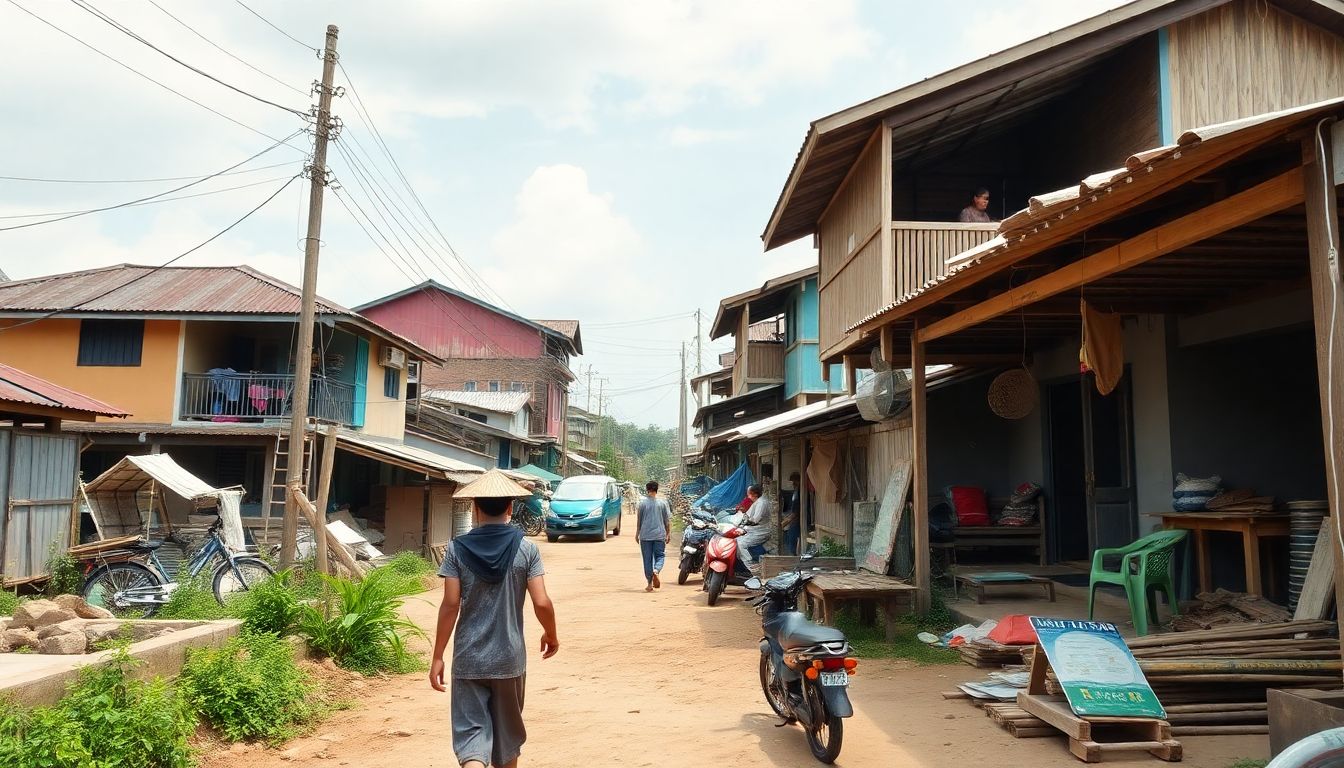
The Road to Recovery
The long-term effects of a disaster on the economies of affected regions can be devastating and multifaceted. Infrastructure destruction and loss of business continuity can lead to prolonged economic downturns. The ripple effects include reduced tourism, disrupted supply chains, and increased unemployment rates. The economic recovery process is often slow and arduous, requiring substantial investment and strategic planning.
Communities in affected regions face significant social and demographic changes. Population displacement, housing shortages, and strained public services are common consequences. The disaster can also catalyze community solidarity and resilience, fostering mutual support networks and volunteerism. However, the unequal distribution of recovery resources can exacerbate existing social inequalities, creating disparities in healing and rebuilding efforts.
The psychological impact on survivors is profound and enduring. Post-traumatic stress disorder (PTSD), anxiety, and depression are prevalent among those who have experienced disasters. The constant fear of recurrence, grief from loss, and survivor’s guilt can severely impair mental well-being. Children and elderly individuals are particularly vulnerable, often requiring targeted psychological interventions. Community-based support systems and mental health services play a crucial role in aiding psychological recovery.
Several factors influence the long-term effects and recovery trajectory:
- Pre-existing economic and social conditions: Regions with robust economies and strong social networks may recover more quickly.
- Government response and policy: Effective policies and swift government action can mitigate long-term effects and expedite recovery.
- Community engagement: Active community participation in decision-making processes can enhance resilience and empowerment.
- Mental health support: Access to culturally sensitive and timely mental health services can significantly improve psychological outcomes.
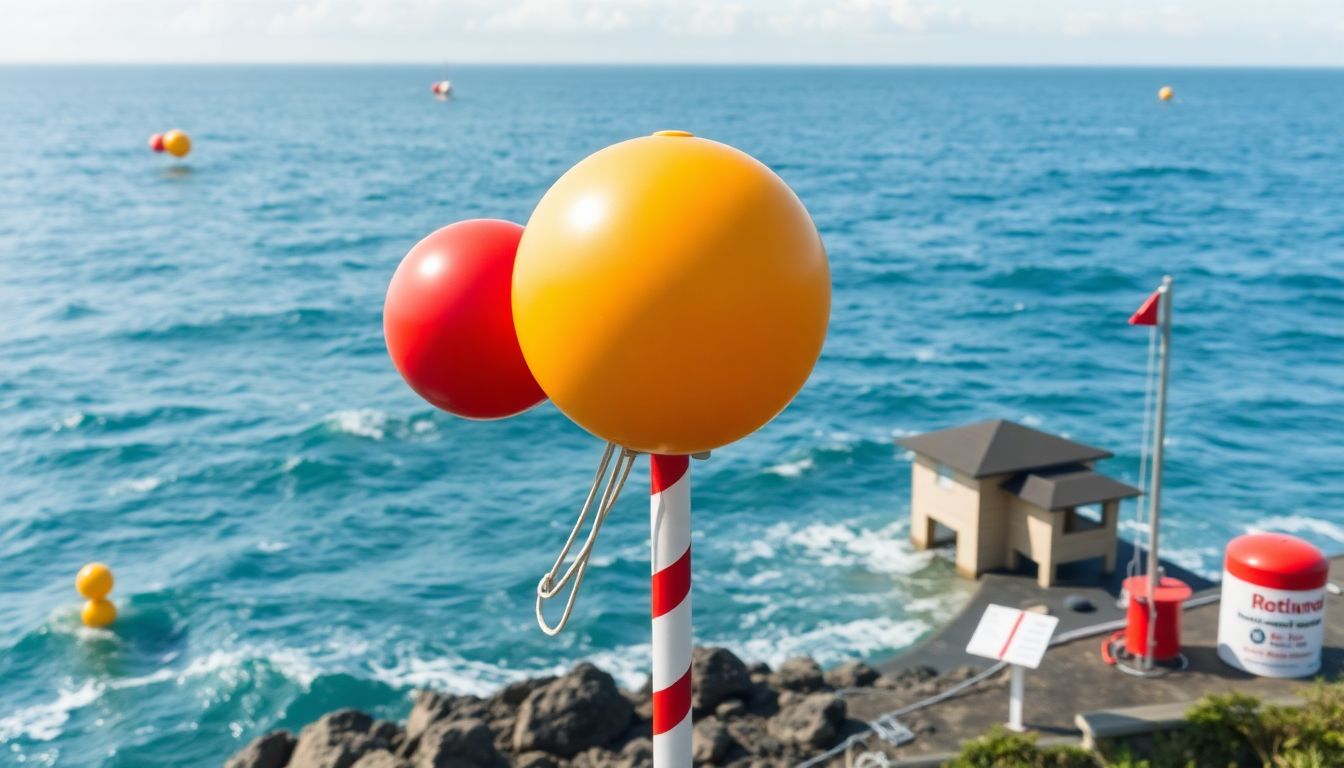
Preparing for the Future
In the aftermath of the devastating 2004 Indian Ocean tsunami, the need for a robust and reliable tsunami warning system became starkly apparent. Over the past two decades, the region has seen significant advancements in these systems, driven by international cooperation and technological innovation. Today, the Indian Ocean Tsunami Warning and Mitigation System (IOTWMS), established by the Intergovernmental Oceanographic Commission of UNESCO, serves as a critical lifeline for coastal communities. This state-of-the-art system comprises a network of seismic stations, sea-level gauges, and buoys that transmit real-time data to disaster management centers, enabling swift and accurate tsunami detection and warning dissemination.
Disaster preparedness in the Indian Ocean region has also been bolstered by comprehensive initiatives aimed at enhancing communities’ capacity to respond to tsunami threats.
- Educational programs have been implemented to raise awareness about tsunami risks and evacuation procedures.
- Regular drills and simulations, such as the annual Indian Ocean Wave exercise, help refine response strategies and foster coordination among participating countries.
- Infrastructure development, including the construction of evacuation routes, shelters, and signage, has further strengthened preparedness efforts.
These measures ensure that communities are well-equipped to act decisively when every second counts.
Ongoing efforts to make communities more resilient have emphasized a multi-faceted approach that combines technological advancements, capacity building, and community engagement.
- Early warning systems have been integrated with mobile technologies to deliver real-time alerts to residents’ phones.
- Community-based disaster risk management (CBDRM) programs empower local populations to take an active role in their own safety.
- Ecosystem-based approaches, such as mangrove restoration and coral reef conservation, are being promoted to mitigate the impact of tsunamis and other coastal hazards.
This holistic approach addresses the unique challenges faced by diverse coastal communities in the Indian Ocean region.
Looking ahead, the focus remains on sustaining and enhancing these advancements to safeguard lives and livelihoods. Regional cooperation continues to be a cornerstone of these efforts, with countries sharing best practices, resources, and expertise. As technology evolves, so too will the tsunami warning systems, incorporating cutting-edge innovations like artificial intelligence and machine learning to improve prediction accuracy and response times. Ultimately, the goal is to create a resilient and prepared Indian Ocean region, where communities can thrive despite the ever-present risk of tsunamis.
FAQ
What caused the 2004 Indian Ocean tsunami?
How did the international community respond to the disaster?
What are the long-term effects of the tsunami on the affected regions?
How have tsunami warning systems improved since 2004?
What can individuals do to stay prepared for a tsunami?
- Stay alert by being aware of your surroundings.
- Understand potential hazards.
- Recognize natural warning signs.
- Know the evacuation routes to a safe place.
- Stay strong and informed.



